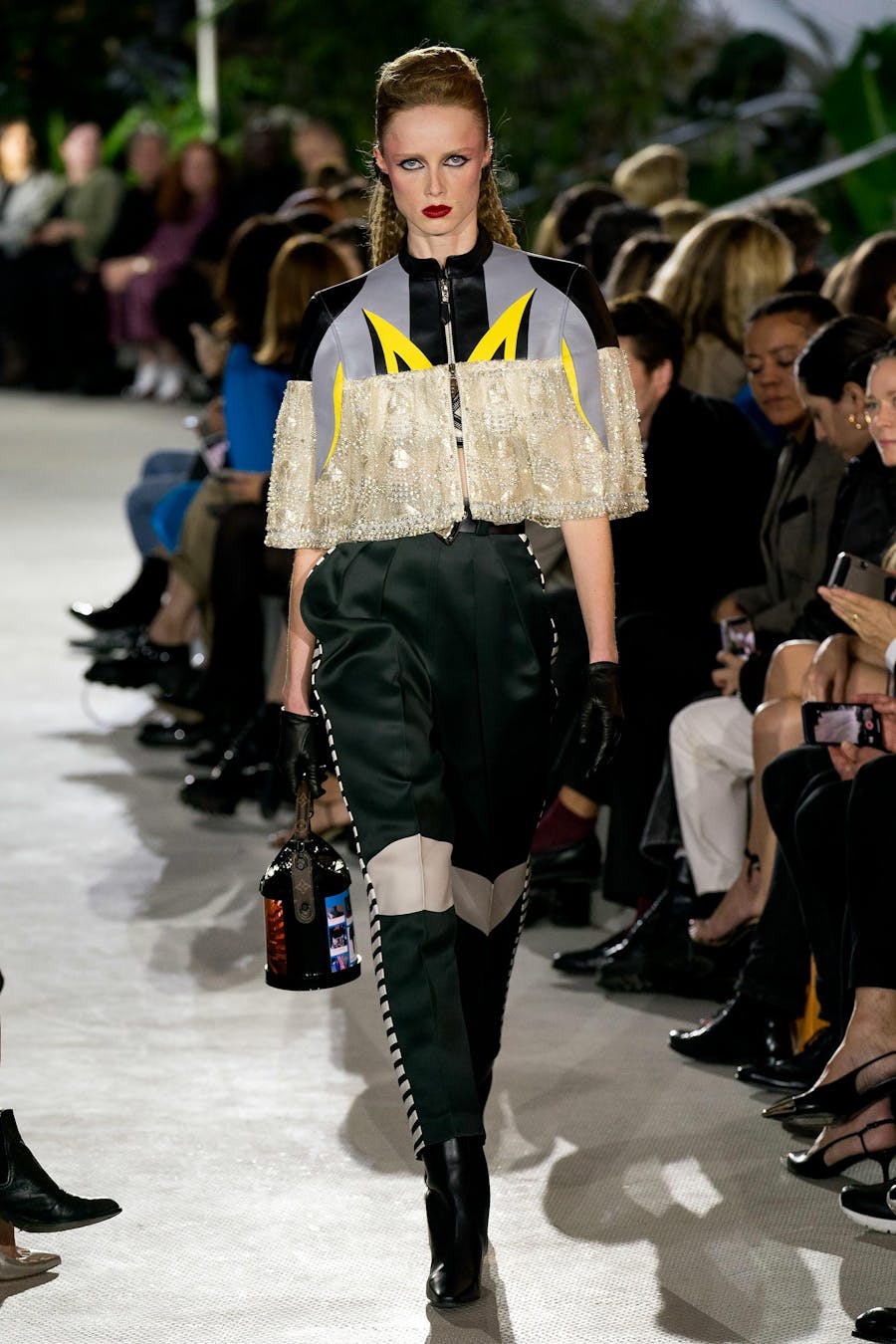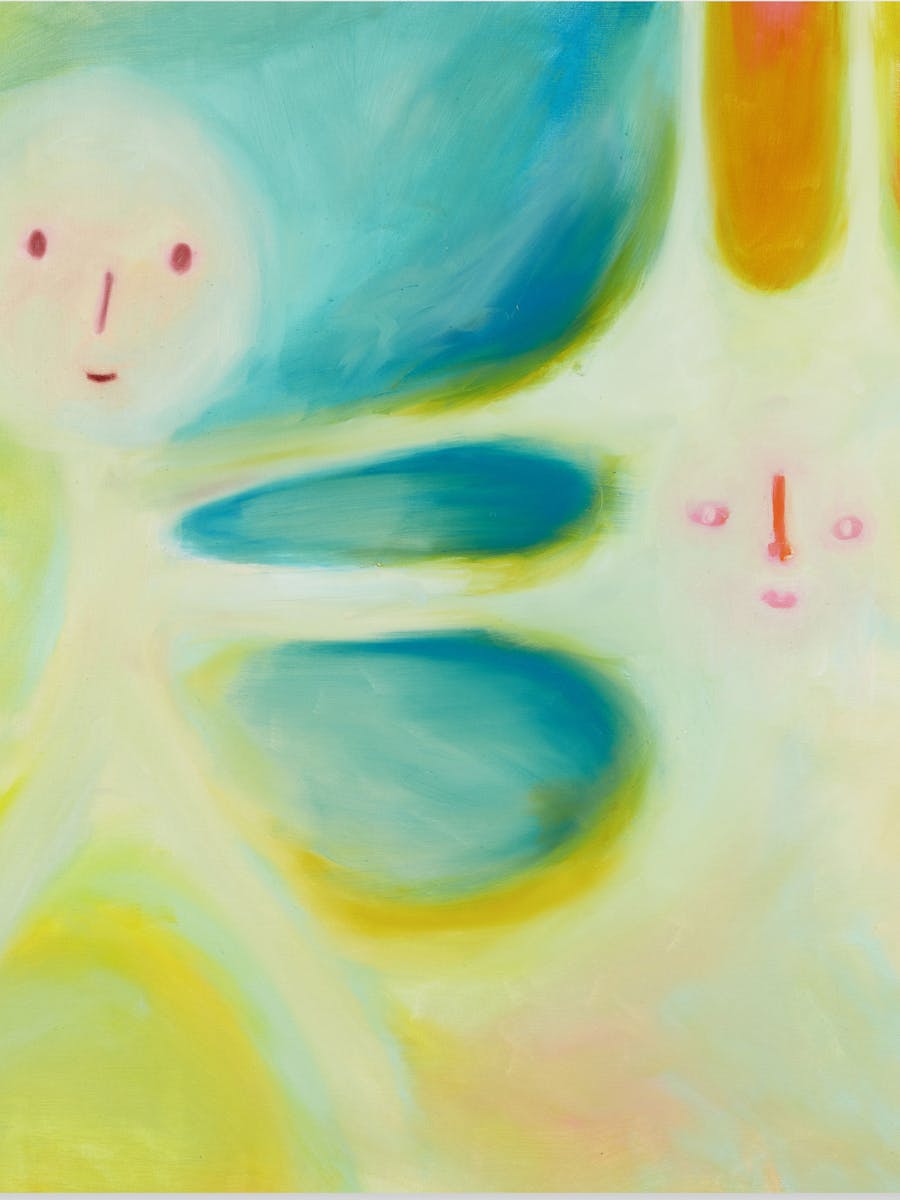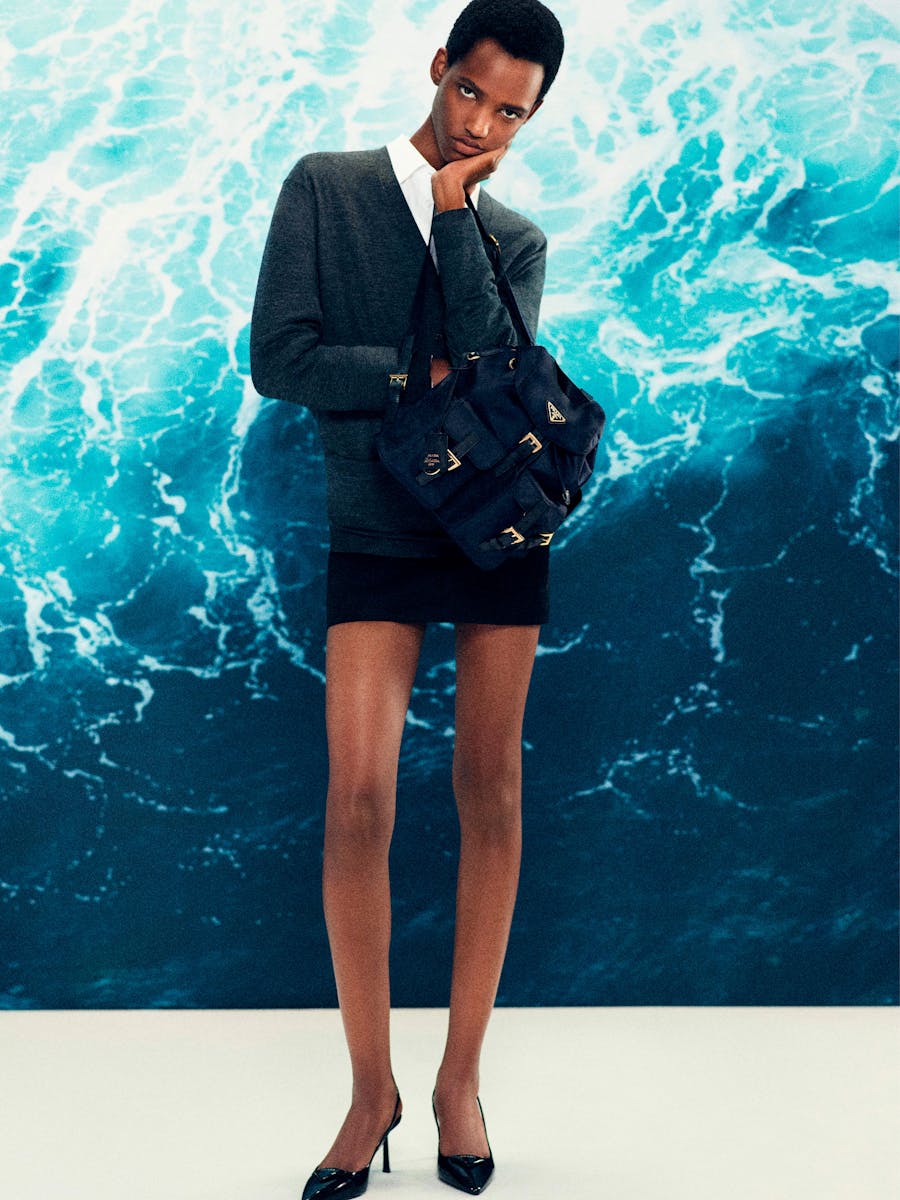From the Emphasis Issue
It was an exhibition that is still making waves today. On 28th March 1985, the Pompidou Centre hosted
Les Immatériaux, conceived by Jean-François Lyotard, a philosopher associated with Gilles Deleuze and the theorist who pioneered ‘postmodernism’, and Thierry Chaput, director of the Centre de Création Industrielle, an offshoot of the Pompidou Centre, which is not just a museum but is also an observatory for all kinds of creative work: fashion, design, industrial design…
Les Immatériaux sought to interrogate and to spatialize, in a museum, for the very first time, new information and communication technologies – the technologies that manipulate ‘the immaterial’ – and the way in which they were transforming the arts, culture and society. The programme lists different spheres of interest: “the domains of feeling, knowledge and human
capabilities (reproduction, life, death), ways of life (relationship to work, to habitat, to food)…”.
The rooms bore mysterious names: Second Skin, Infra-mince, Little Invisibles, Parthenogenesis, The Crucible of the Stars… The term ‘room’, though, is misleading. Picture rails were replaced with chain-metal curtains reflecting a shimmering light. There were hardly any paintings. Instead there were projections, computer screens, a Minitel. There were not even many art-works. Next to an Egyptian bas-relief on loan from the Louvre’s department of antiquities, a robotic arm was carving a prototype car out of a block of polystyrene in real time. There were mannequins wearing clothing made from smart fabrics, voices diffused in space reciting poetry, quotations from philosophers and video clips.
For Lyotard, the aim was to subvert the operative mode of a traditional exhibition of painting, which he considered to be obsolete. There, the visitor’s gaze was “controlled by a geometry of domination over perceptual space. Its trajectory in the exhibition is that of a bildungsroman.” Here, on the contrary, the point was to evoke “an emergent space-time”, comparable to “the conurbation between San Diego and Santa Barbara, neither town nor country nor desert”. Les Immatériaux was not an “exhibition” but a “manifestation”’, and the”‘manifestation” was neither representative, nor explicative, nor illustrative. The manifestation “happens”: unanticipable, undecidable, unpresentable, like the Event. The visitor must be able “half freely to choose their trajectory. They are not constrained but led. The visitor will be not be limited to linear time. In place of the traditional catalogue are various products bearing witness to a different process, an experience
of collective writing, bloc-notes comprising photocopies of work documents carrying work in progress.”
The general public was won over by this novel idea. Even France-Soir took an interest in the manifestation, noting that it was a hit with “teenagers obsessed with technoscience”. Coming to a museum as a family, with kids, who found things to play with and get lost in, was a novelty. Not for nothing had the young Pompidou Centre (only 10 years old at that point) welcomed the flagship of a new cultural policy oriented towards the general public and the democratisation of access to art: playful, open, colourful, the institution lent Lyotard all the accoutrements of its own contemporaneity.
Critics were less keen. Art Press scolded Les Immatériaux in the name of the rules of art and its appropriate display. For one sociologist, the manifestation was even the nec plus ultra of all the vagaries of “la pensée 68”, with its tendency to multiply possible trajectories, to mix art and science, copies and originals: consumer culture, technophilia, the elevation of communications to the status of philosophy, etc.
The fact is that the manifestation was nonetheless the victim of a misunderstanding on both sides. Lyotard had also in the past denounced “the spectacular introduction of new technologies into the production, diffusion, distribution and consumption of cultural goods [which] in the process of transforming what we call culture into industry”. In Art Forum in 1982, he had also written about the Italian trans-avant-garde which “mixes on one plane neo- or hyper-realist motifs and abstract, lyrical or conceptual motifs, which is to signify that everything has equal value because everything is worth consuming. […] What eclecticism demands are the reading habits of magazine readers, the needs of the consumer of standard industrial images, the frame of mind of the super-
market customer.”
To understand the meaning he wished to attribute to his manifestation, and which has escaped both his admirers and detractors, we have to return to what was more widely at stake in Les Immatériaux, which was an interrogation of whether the project of emancipating humanity through Reason, characteristic of modernity since the Enlightenment, is still something around which people can rally. It was Lyotard’s great preoccupation, as well as that of his era, and, to a great extent, of our own. Now, Lyotard had very specific ideas about this. If Reason had demonstrated that it could go off the rails, as we see in our destructive relationship with the environment, he nonetheless did not think that we could simply rid ourselves of Reason to escape this. Lyotard did not think that magic, neopaganism or a return to the body would save us. On the contrary, he thought that only an excess of ascesis, which he called “style” or “aesthetic”, could do so. Indeed, when Lyotard referred to “postmodernism” – and all the misunderstanding around Les Immatériaux derives from this – he was referring to several things at once: the end of grand narratives, a moment of intellectual nihilism in which everything is swallowed up in the “aesthetic”, in “mise en scène, spectacularization, mediatization, simulation, the hegemony of artefacts, generalized mimesis, hedonism, narcissism, self-referentialism, auto-affection, auto-construction”, and the possibility of founding a new narrative on the basis of the same “aesthetic”, in so far as this designates for him something other than a simple consumerist relationship with the world – in the true sense (“aesthetic” means “that which is apprehended by the sense”), it was a way of making reason sensible, of experiencing reason through the senses.
In 1985, Lyotard’s position was that the only way of escaping the rationalist project that was so destructive of the earth and the human, was to dispense with abstract reason in favour of a material, corporeal and incarnate reason, hence the name of the manifestation: the immaterial turned into a material. The manifestation of Les Immatériaux named this effort to “expose” thought, to bring it to visibility, and, in doing so, to expropriate it from itself, denuding it of its invisibility cloak. What became manifest in Les Immatériaux – what it brought to manifestation – was that thought can be made manifest. The radical innovation of Les Immatériaux was that it was the first “exhibition of thought”. The event which it enabled the viewer to experience was not a multiplication of surprises, “eventfulness”, but thought itself, because the truth is that thought itself is an event, the creation of the new (eureka!). At the Pompidou Centre, the visitor was brought face to face with a new possibility, hitherto unknown in the history of humanity, afforded by new technologies of information, and in particular computer science – namely the possibility of experiencing thought in one’s flesh, of being able to experiment with it as with an independent material, of being able to sculpt it, as one sculpts marble or clay.
This did not escape the notice of artists. The reason Les Immatériaux continues to resonate today is because it manifestly influenced the generation of artists who were the right age to visit it, such as the group of French artists which formed a decade or so later around Pierre Huyghe, Dominique Gonzalez-Foerster, Pierre Joseph, and Philippe Parreno. Parreno’s exhibition Alien Seasons, held in 2002 at the Musée d’art moderne de la ville de Paris, bears obvious witness to this influence: the entire exhibition was conceived of as a half-living, thinking organism, controlled by computers, AIs, mini-brains into which the visitor entered and found themselves in some way digested, as if by the giant squid in 20,000 Leagues Under the Sea, the metamorphic image of which was projected at the end of the visit.
Lyotard’s exhibition does not, however, owe its ever growing influence only to artists. It owes it principally to the fact that it anticipated the future. Beyond the world of museums, apps that use deep neural networks like Midjourney have proved correct the thesis underpinning Les Immatériaux, whilst at the same time democratizing it: everyone can now play their imagination just as if they were playing a musical instrument. Our thoughts, our dreams, our mental images have become modelling clay. What will emerge from this – maybe, as Lyotard prophesied, a better modernity? – only time will tell. The only thing that we know for sure at this stage, is that it will be very different.



